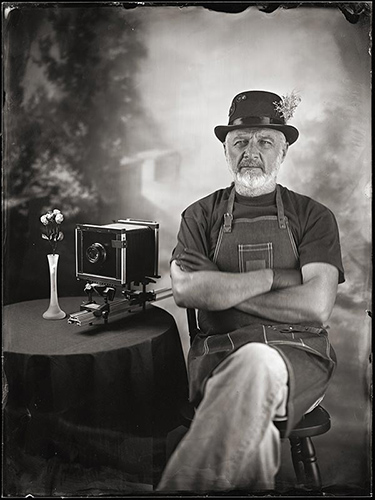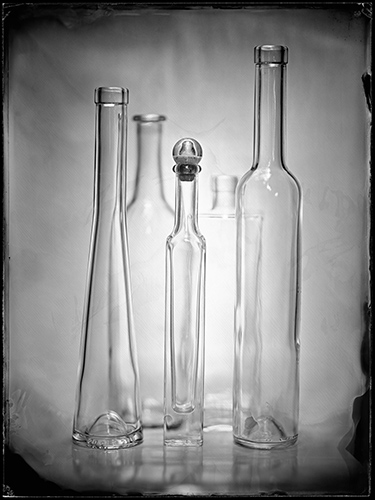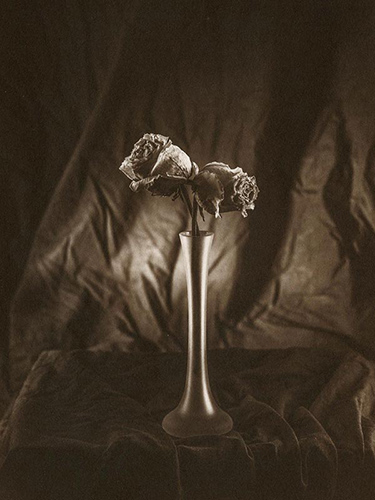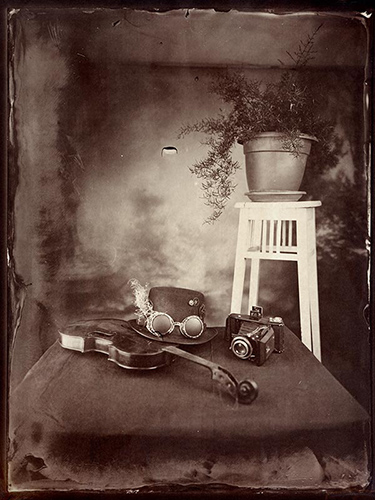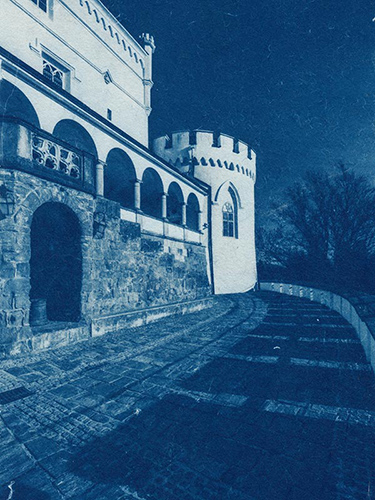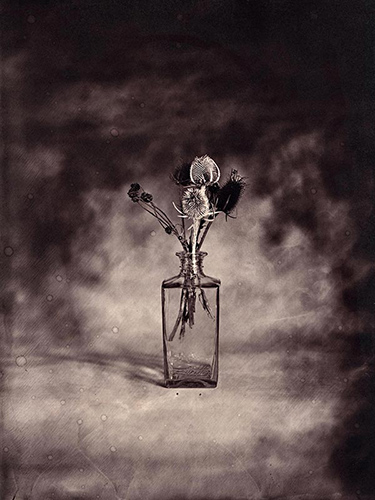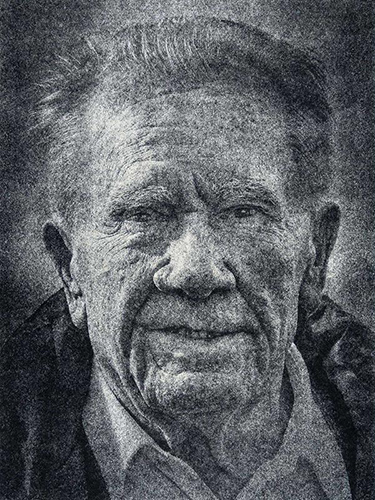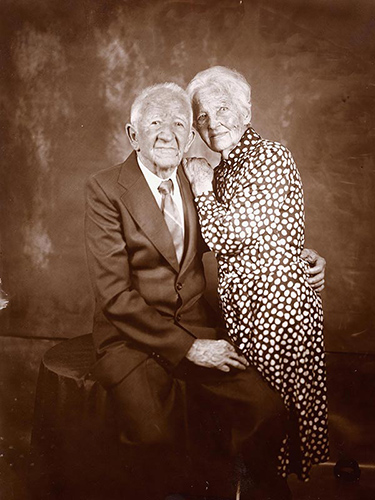Images made with the Wet Plate Collodion process (ambrotype, tintype, and negative) are known for their exquisite detail, rich tonal range, and distinctive, almost ethereal aesthetic. Each plate is a one-of-a-kind artifact, often bearing marks of its handmade origin, such as uneven coatings or chemical fingerprints. I continue to use the wet plate process for its tactile, intimate, and "magical" character, which stands in stark contrast to the ease and reproducibility of digital photography. Its labor-intensive nature and the unpredictability of the results contribute to its allure as an expressive, artistic medium.
The wet plate process remains celebrated for both its historical significance in advancing photographic technology and its enduring artistic appeal, offering images with a unique beauty and a tangible connection to the craft of photography.

